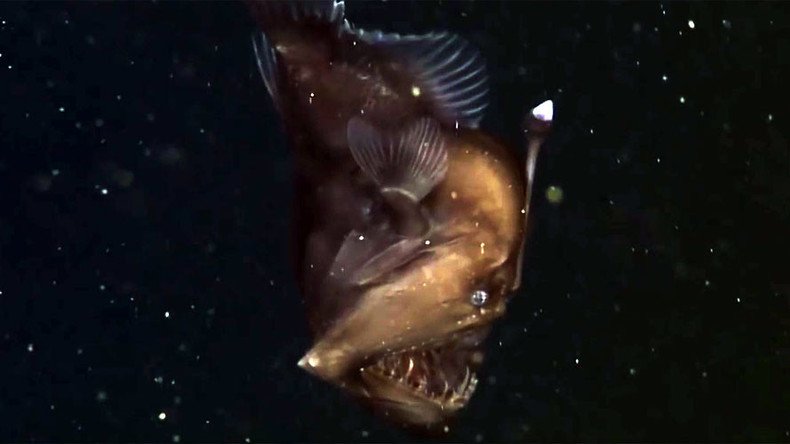Complex life evolved 1bn years earlier than thought, study claims from fossil find

Publishers had better hold off on issuing new biology textbooks this year, as fresh research indicates that complex life on Earth may have evolved as long as a billion years earlier than we currently think. The claim now has scientists divided.
As evolution buffs know, there were several periods in the evolution of life on Earth, from less to more complex. What has always been a matter of disagreement is exactly when the leap from simpler organisms took place. Now, according to an international, Chinese-led study, the jump actually happened 1.5 billion years ago. This means our current ideas are off by about a billion years.
The switch in question has to do with a transition from single to multi-celled organisms. Until that switch happened, scientists used to refer to the quiet period preceding it as ‘the boring billion’.
When the period of evolution finally arrived, it would bring with it an evolution of pretty much everything we know on Earth, including plant life – all multi-celled organisms. These organisms, called ‘eukaryotes’, were different in that each contained a nucleus with genetic material, protected by a membrane.
Now, new fossil evidence puts in question everything we thought about when the upgrade happened.
“Our discovery pushes back nearly 1 billion years the appearance of macroscopic, multi-cellular eukaryotes compared to previous research,” Nanjing Institute of Geology and Palaeontology Professor Maoyan Zhu told AFP.
What led the team to the conclusion was a dig in the Yanshan region in Hebei province, China. It discovered 167 fossils, and a third of them were in one of four common shapes, which indicates complexity. The largest of them measured 8 x 30cm (3 x 12 inches). That a portion of these organisms was visible to the naked eye was the clearest sign of this complexity, Zhu said. In this way, the find “totally renews current knowledge on the early history of life.”
READ MORE: Superhero DNA? Study finds individuals immune to ‘severe diseases’
The oldest multi-celled eukaryotes found until then were only about 600 million years old, when something resembling fish swam the oceans.
Another interesting fact that scientists can discern from the discovery is that the “oxygen levels were sufficiently high to allow for such large organisms to subsist,” according to paleobiology professor at the University of Bristol, Phil Donoghue.
But not everyone shares his and Zhu’s enthusiasm. Their peers believe that what Zhu’s team was looking at could well be colonies of bacterial cells – not multi-celled eukaryotes. So thinks Jonathan Antcliffe, a professor at University of Oxford’s Department of Zoology.
Antcliffe’s argument is that true multi-celled eukaryotes will have had a three-dimensional shape, to allow for complex interactions and transportation of oxygen and nutrients to internal cells. He was joined by Abderrazak El Albani of the University of Poitiers in France, who added that the findings did not display enough detail to be considered complex organisms.
"The morphological measures, on their own, are absolutely insufficient to tell us if these organisms were multicellular, eukaryotes or complex," Albani told AFP. However, the professor himself has been known to publish widely-disputed work on the subject – his last being in 2010, when he claimed to have found 2.1 billion year-old cell colonies in Gabon. It was Zhu (and Antcliffe) who had then labelled it as “largely discredited.”
The research by Zhu and team was published in the journal Nature Communications.














